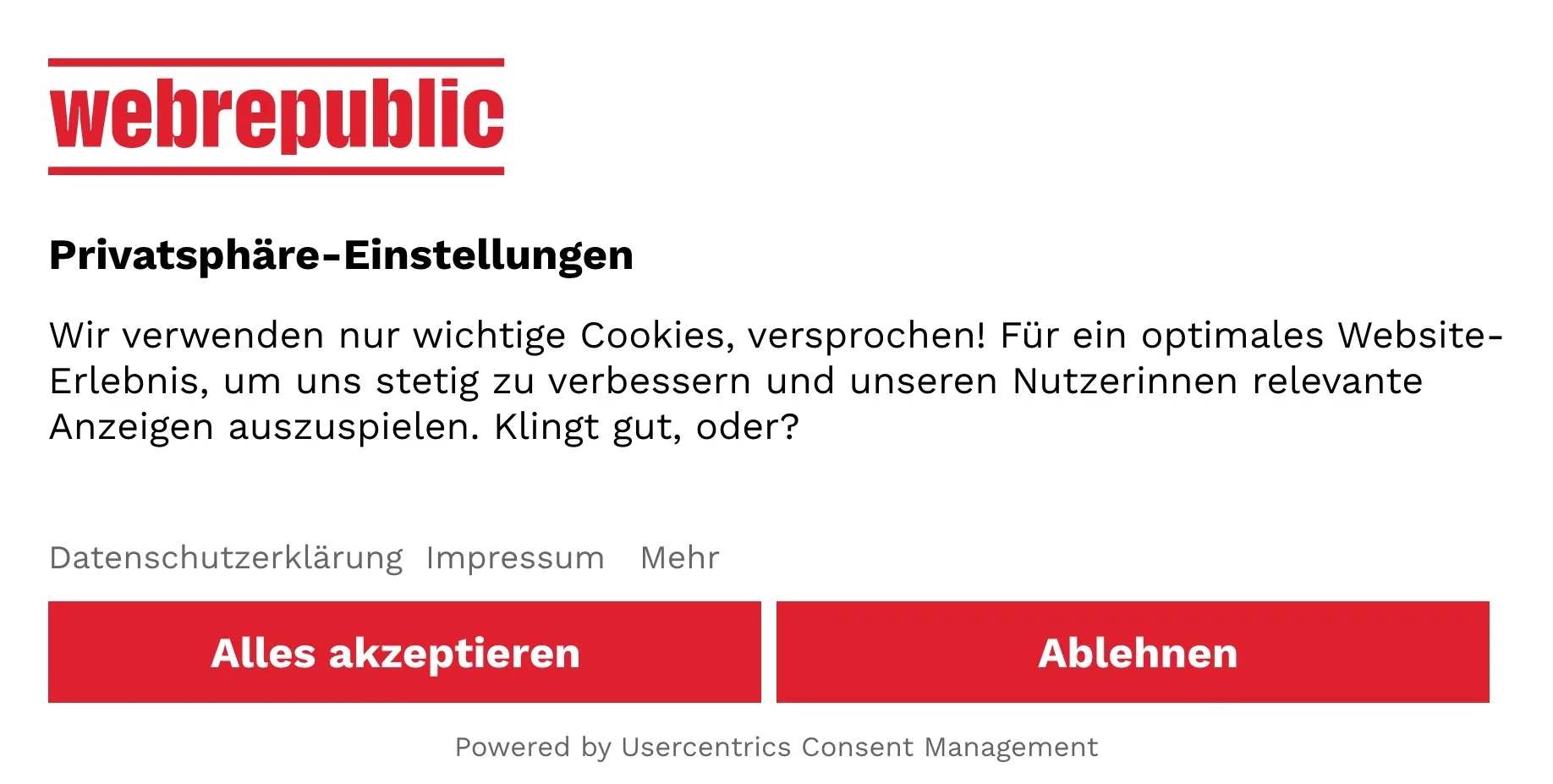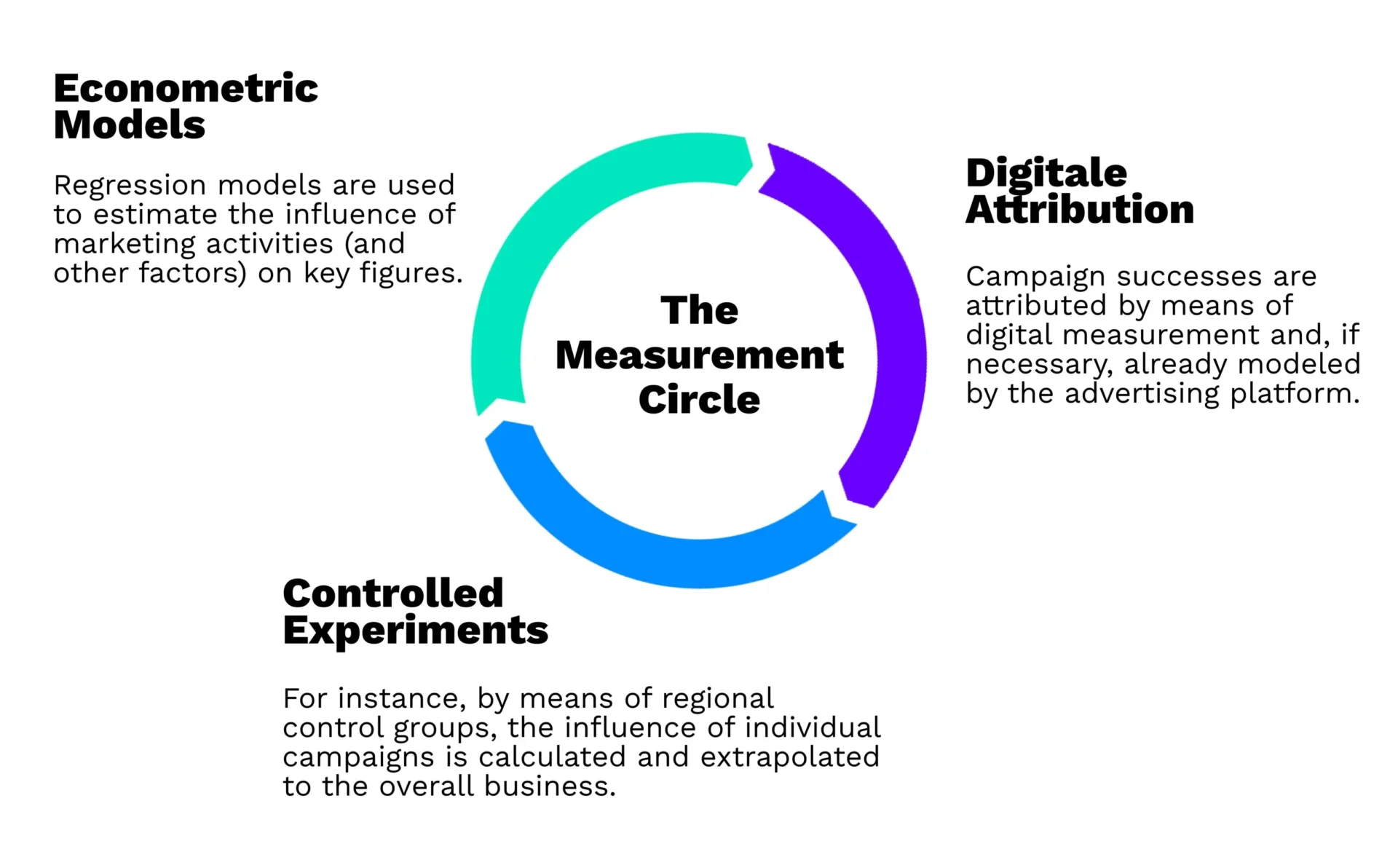With third-party cookies, it is still possible for advertisers to track and analyze user behavior via their ads on other websites and to create user profiles based on this data. This allows users to be presented with targeted ads tailored to their preferences. Microsoft, Firefox, and Apple have put a stop to this, and Google will soon follow: Starting in the second half of 2024, the company wants to prevent cross-website tracking through third-party cookies in its own Chrome browser and replace it with privacy-compliant alternatives (“the privacy sandbox”).
Browser and operating system providers are responding to the growing interest among users in topics such as data protection and transparency. Added to this are changes in the legal framework and considerations about the positioning of their own solutions and platforms.
We leave the interpretation of the revised Data Protection Act, which comes into force in Switzerland on September 1, to the lawyers. Regardless of this, we are seeing that many companies are no longer only oriented toward what is legally necessary, but increasingly want to respect their customers’ need for transparency and consent to data processing, for example, with opt-in cookie banners.




